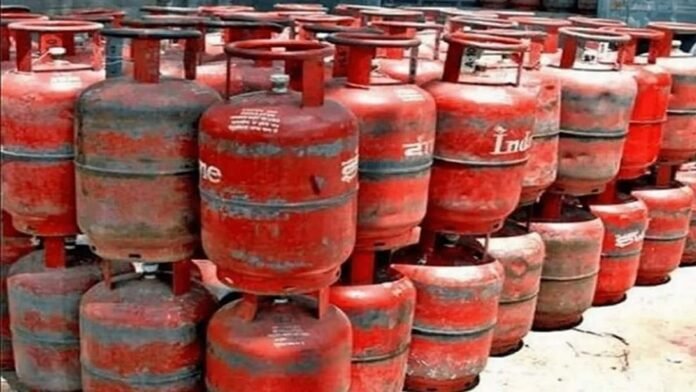The Union Government has increased the price of domestic LPG cylinders by ₹50, effective immediately. Union Petroleum and Natural Gas Minister Hardeep Singh Puri confirmed the hike on April 7 and clarified that the revised price applies to both subsidized and non-subsidized customers. Consumers across India now have to pay more for their cooking gas as the government attempts to adjust pricing in response to global energy trends.
The minister said the increase stems from international fluctuations in crude oil and gas prices, which have placed pressure on domestic energy pricing. However, he assured that despite the increase in excise duties on petrol and diesel, retail prices for these fuels will not change at the moment. He said the government has chosen to absorb the hike through balancing mechanisms already in place within the oil marketing ecosystem.
Oil marketing companies updated their portals to reflect the new LPG prices early Monday morning. In metropolitan cities like Delhi, Mumbai, Kolkata, and Chennai, consumers immediately began noticing the new rates. Many residents voiced concern over the added burden, especially as household budgets already feel the pinch of inflation. Small business owners, particularly those running food services and street stalls, also expressed worry over rising input costs.
Petroleum Minister Puri explained that the excise duty hike on petrol and diesel is part of a long-term strategy to maintain fiscal stability while still protecting the public from immediate shocks in pump prices. He added that the oil companies have enough buffer to temporarily insulate consumers from the changes in duties. He also highlighted that India continues to rank among countries offering relatively lower fuel prices despite global uncertainties.
Economists analyzing the situation noted that the hike in LPG rates aligns with the government’s effort to rationalize subsidies. They said the central government may use the move to reduce fiscal deficits without completely withdrawing support to lower-income households. Some analysts also predicted that targeted subsidy schemes could get recalibrated soon to ensure that the poorest segments remain shielded from sharp price shifts.
Opposition leaders criticized the timing of the decision, arguing that the hike would hurt middle-class families and small traders. Several parties released statements calling the move insensitive and demanded a rollback. Congress leader Jairam Ramesh stated that the rise in LPG prices once again reflects the government’s disconnect from the economic challenges faced by ordinary people. He accused the Centre of quietly introducing financial burdens under the guise of fiscal management.
Meanwhile, state governments reacted differently based on their political affiliations. BJP-ruled states chose not to comment directly on the LPG price hike but reiterated that petroleum pricing depends on dynamic international markets. In contrast, leaders from non-BJP states used the opportunity to question the Centre’s commitment to welfare, pointing out that rising costs would affect daily life for millions.
The petroleum ministry issued a detailed press note explaining the rationale behind the decision. It stated that LPG price adjustments are unavoidable due to higher import costs and international freight charges. The note reiterated the Centre’s commitment to clean energy adoption, pointing to the expansion of the Ujjwala Yojana and the growing number of rural households now accessing LPG connections.
On the streets, reactions ranged from frustration to reluctant acceptance. In cities, consumers queued up at gas agencies to confirm whether any additional subsidy would offset the new price. In villages, local leaders began informing residents about the hike through community meetings and panchayat noticeboards. Social media platforms also saw a spike in discussions about energy pricing, with hashtags related to LPG and fuel rates trending throughout the day.
As the policy change takes effect, the government faces the challenge of balancing economic prudence with public sentiment. The next few weeks will reveal whether the price hike affects consumption patterns or sparks further debate in Parliament and among the electorate.




